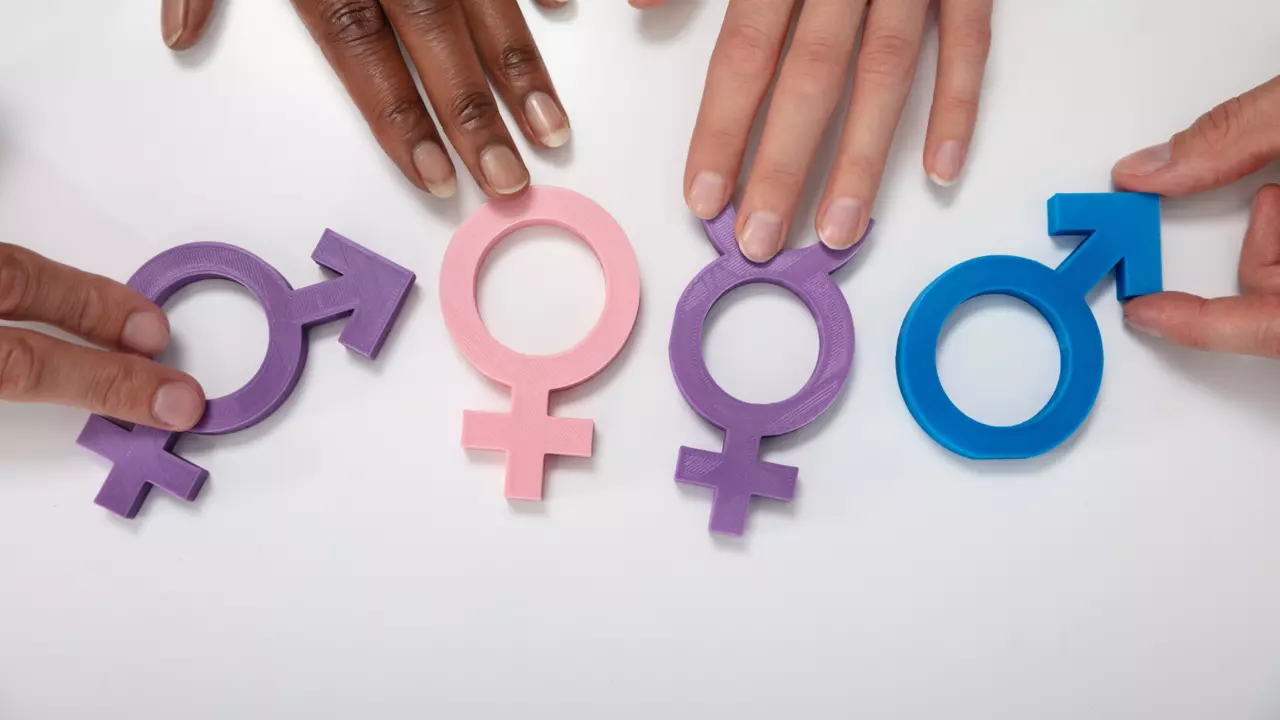Does Gender Affect when you are Diagnosed with BHD?
8 Sep 2023
On average it takes 5 years for a rare disease to be diagnosed. For people with Birt-Hogg-Dubé syndrome (BHD) this means routine kidney screening often starts later than it should. The causes of delayed diagnosis have been linked to a lack of awareness of the condition. However, a recent study from Germany also suggests gender may play a role in how quickly someone is diagnosed with BHD.
Between 2005 and 2021, 158 people with BHD were recruited to this study from the Munich BHD clinic. Data was collected about their diagnostic journey and the researchers compared how this differed between men and women. To ensure that the two groups could be accurately compared there was an equal number of women and men in the study (79 of each). Additionally, the spread of ages was similar in each group and included both children and elderly people.
Firstly, the researchers looked at what age people were diagnosed. Typically, women and men were diagnosed in their late 40’s/ early 50’s. On its own this does not tell us much as the symptoms of BHD can occur at any point. The important question is how long after the first symptom of BHD was this diagnosis made. The researchers looked at each symptom and found the following:
The delay between fibrofolliculomas (skin bumps) as the first symptom and diagnosis was:
- on average 18 years for women
- on average 16 years for men
The delay between a lung collapse as the first symptom and diagnosis was:
- on average 17 years for women
- on average 18 years for men
The delay between kidney cancer as the first symptom and diagnosis was:
- on average 6 years for women
- on average 3 years for men
Looking at this data the first thing to note is that the time between the first BHD symptom and diagnosis is large. This is particularly stark in people who had skin bumps or lung collapses. Lung collapses are often treated in hospital, so this is an opportunity to diagnose BHD. The fact that it is missed suggests that doctors may not be aware of it.
As would be expected from these results the authors also found that the first symptom of BHD was very rarely the symptom that prompted the diagnosis. 1 in 10 men were diagnosed with BHD after their first symptom. Whereas only 1 in 100 women were diagnosed with BHD after their first symptom.
We spoke to the lead author Professor Dr Ortrud Steinlein about these results and why there may be a difference between the men and women being correctly diagnosed with BHD after their first symptom.
The occurrence of the first typical symptoms and diagnosis of Birt-Hogg-Dubé syndrome on average is much too long, but even longer in female compared to male patients. It is therefore necessary to create more awareness both for this rare syndrome and for the possibility of gender bias.
Gender bias is seen across healthcare with women often being underdiagnosed and receiving fewer investigations than men. Professor Ortrud suggests that it may also occur in BHD.
The researchers also asked which symptom prompted a diagnosis of BHD. The answer is none of them. Instead, it was having a family history of BHD. All of the people diagnosed through family history had symptoms of BHD that had been missed.
This study shows that many people wait years to be diagnosed with BHD and that women are less likely to be diagnosed after they develop their first symptom. This delay means people are at risk of developing more advanced kidney cancer. Most cases of BHD-associated kidney cancer are slow growing so by having regular screening it can be well monitored and treated when it reaches a certain size. This is why it’s so important to raise awareness of BHD.
Although the data paints a picture of delayed diagnosis it does cover a large time period. The researchers are hopeful things are changing. The number of people who attended the Munich BHD clinic has increased in the last 15 years from around 4 people a year to 35 people a year. Additionally, in the last five years, there has been an increasing number of people who have been diagnosed with BHD shortly after developing kidney cancer. This suggests there is an increased awareness of BHD. The authors noted that this could be due to an increased number of BHD publications in healthcare newsletters/magazines.
Although reaching a diagnosis of BHD can take years it seems that things are improving. At the BHD Foundation, we will continue to raise awareness of BHD so that people can be correctly diagnosed and receive the care they need.
